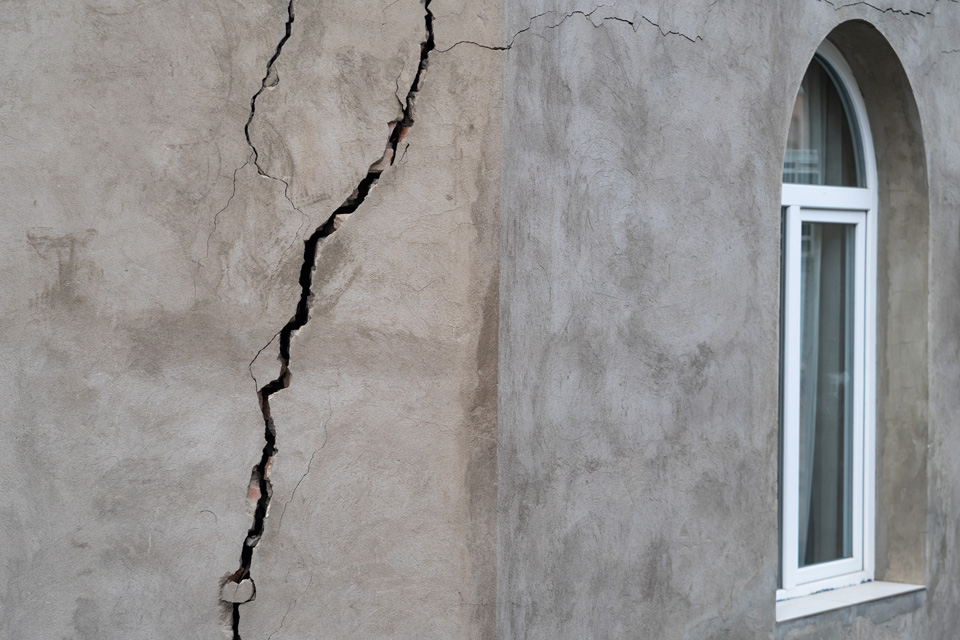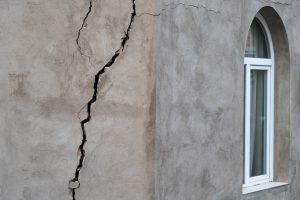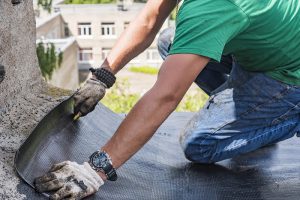Understanding Structural Defects
Building defects can occur due to various reasons such as poor workmanship, improper design, use of low-quality materials, and environmental factors. Structural defects are one of the most severe types of building defects that can affect a building’s stability and safety. In this blog post, we will discuss some of the most common building defects related to structural issues.
Foundation Problems
The foundation of a building is its most critical component as it supports the entire structure. Foundation problems can occur due to poor soil conditions, inadequate design, or poor workmanship. Symptoms of foundation problems include cracks in walls and floors, sloping floors, and doors and windows that stick.
Cracks
Cracks are a common problem in buildings and can occur due to various reasons such as settlement, shrinkage, or structural movement. While small cracks may not be a significant concern, larger cracks that extend beyond the surface may indicate more severe structural problems.
Roofing Issues
Roofing problems can occur due to inadequate design or poor workmanship. Some common roofing issues include leaks, ponding water, and inadequate drainage. These issues can lead to moisture buildup, which can cause significant damage to the building’s structure and interior.
Structural Movement
Structural movement occurs when a building shifts or moves due to various reasons such as settlement, soil movement, or seismic activity. This can cause cracks, sloping floors, and other issues that can compromise the building’s stability and safety.
Defective Materials
Defective materials, such as low-quality steel, concrete, or timber, can cause significant structural problems in a building. These materials may not be able to withstand the weight and stress placed on them, leading to structural failure.
Preventing Structural Defects
Preventing structural defects requires proper design, high-quality materials, and skilled workmanship. Regular inspections and maintenance can also help detect and prevent structural problems before they become more severe.
Conclusion
Structural defects can have severe consequences for a building’s safety and stability. Building owners and managers should be aware of the most common building defects related to structural issues and take preventive measures to ensure the safety of their building. Regular inspections, maintenance, and the use of high-quality materials and skilled workmanship can help prevent these issues and ensure the longevity and safety of a building.





